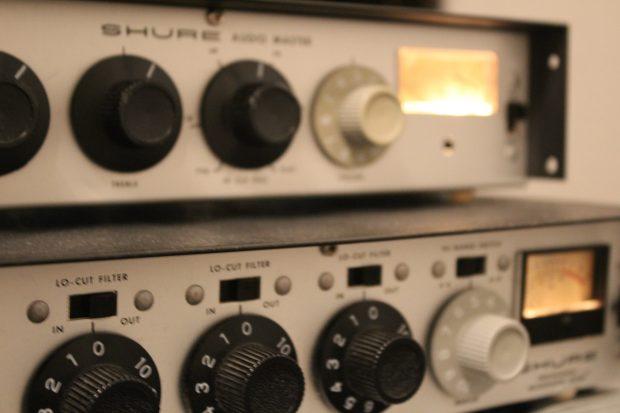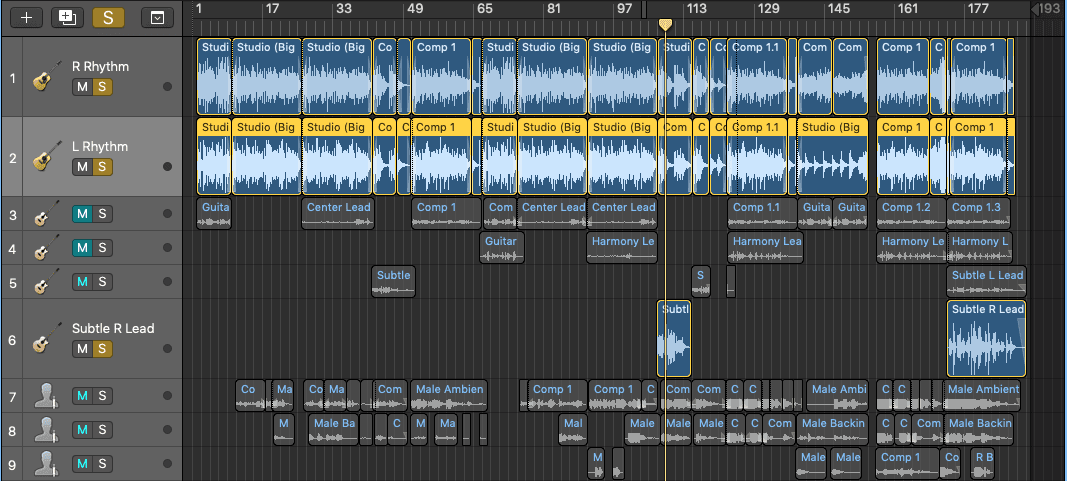Achieving wideness and stereo depth in your mix can be frustrating. It’s by no means an easy feat. Using the stereo field to your advantage gives a mix, life. When 10 or more tracks are bounced as 1 stereo track, things can get cluttered. Proper adjustments to the stereo field provide your track with some room to breathe.
A good mix not only showcases individual instruments, but it also presents the song as a cohesive whole. This is why mixing is a challenge – everything must be audible, yet balanced.
Before mastering your track, consider spreading your mix around the stereo field. Promoting clarity and depth is key. Here are a few of our suggestions:
Record Wide
If you are tracking/producing as well as mixing, try recording wide. Essentially, pre-record the song with wideness and stereo depth in mind. For instance, if you’re tracking guitars, record in M/S stereo. This mic technique delivers an accurate binaural representation of the object being recorded. Instead of heavy mono guitars, you’ll be left with wide guitars that cut through a mix.
Recording wide could be tracking in stereo, using particular mics, or recording layered tracks meant to be on the left or right sides of the mix. Many engineers mistakenly mix in low-frequency elements on the far sides of the stereo field. While this is not “wrong,” it could very possibly clutter your mix.
Try making sure that stereo tracks – like drum overheads and room mics – are recorded with frequency in mind. When recording drums, this means keeping your overheads from picking up too much low end from the bass drum, or your room mics from being too low-mid heavy (250-450hz). Being intentional about clarity in stereo elements is vital!
Using Plugins To Widen A Mix
This approach is perhaps the most popular. Plugins are easy to use, generally cheap, and if used right, dangerously effective. Many plugin developers offer stereo enhancing tools. When the plugin is inserted on a track, the audio is processed through an algorithm that basically “spreads” it accurately across the stereo field. The plugins have become so advanced, that phase troubleshooting isn’t an issue.
Production Choices For A Wide Stereo Field

This was briefly mentioned in tip #1. The way you make production choices will influence where your track sits in the stereo field. An example would be when mixing vocals, namely chorus vocal production. We want these vocals “big” and “wide”, right?
To do so, one might record four takes: One take going on the left, one in the center, one on the right, and one low octave vocal mixed quietly in the center. Production choices like these yield surprisingly sophisticated results.
Also, don’t forget that panning is, in essence, making something stereo. When making mix and production decisions, consider panning your background vocals, guitars, and auxiliary instruments such as tambourine or shaker. These “little” things can take a stagnant mix and make it big!
For more tips on mixing and stereo field techniques, check out check out 5 tips for a better mix!
Good Luck, and happy mixing!
Leave a comment
Log in to comment


